フィールド日記
2025.08.08
ツクツクボウシタケ
ツクツクボウシタケが発生していました。ツクツクボウシの幼虫に寄生する菌類で、いわゆる冬虫夏草と呼ばれる仲間です。掘り起こすと、菌糸に覆われたツクツクボウシの幼虫がでてきます。
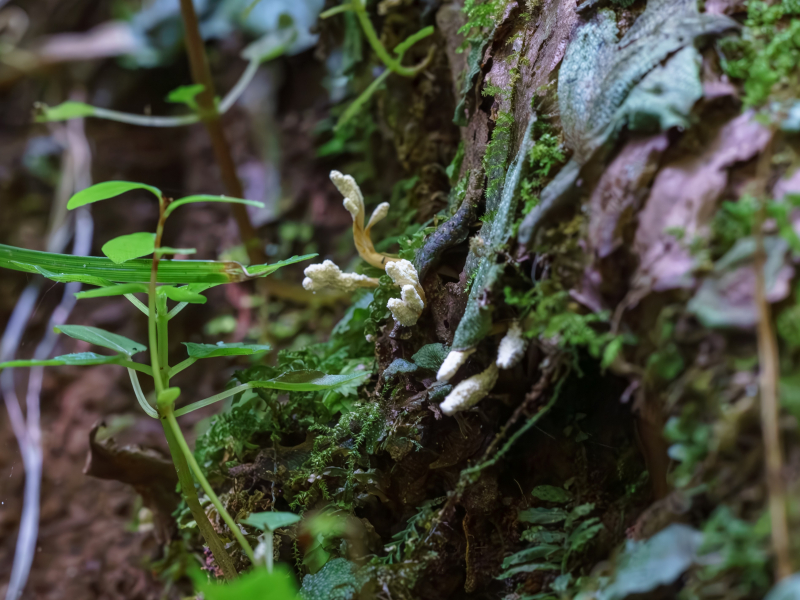
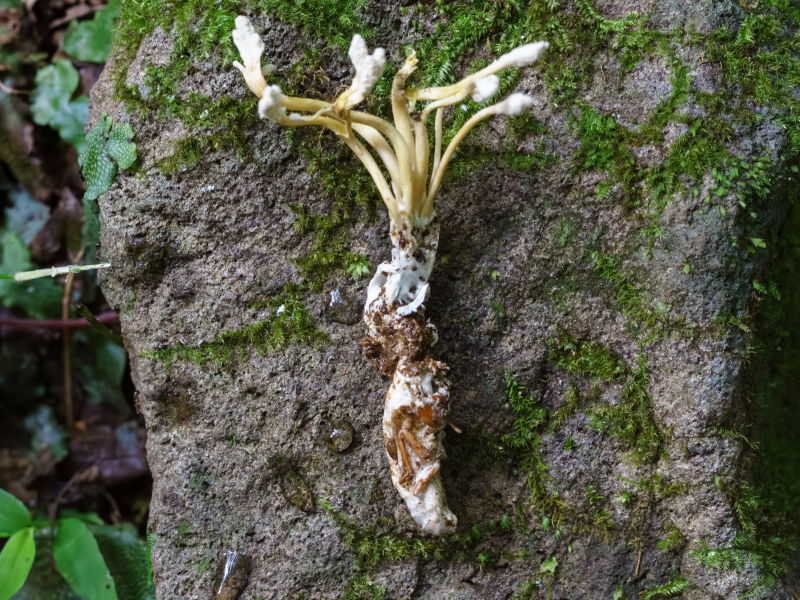
"Tsukutsukuboushi-Take" mushrooms have sprouted. They are a type of fungus that parasitize the larva of a cicada called "Tsukutsukuboushi", and are considered a kind of caterpillar fungus. When dug up, the larva appears covered in hyphae.
2025.08.05
ツルニガクサ
ツルニガクサが咲いています。やや湿った林床などに生えるシソ科の多年草です。つる植物ではないのに、名前にツルがつきますが、これは細長い地下茎を伸ばすことが由来のようです。
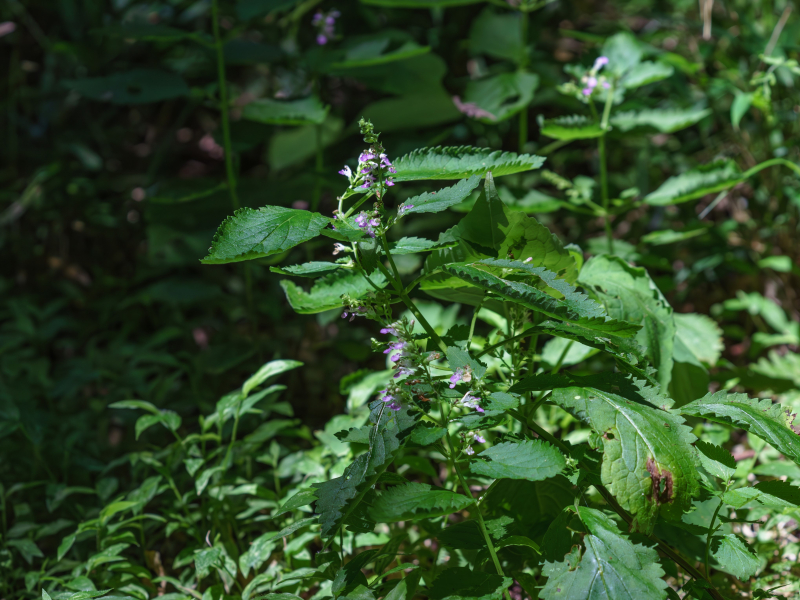
2025.08.01
ナガバハエドクソウ
ナガバハエドクソウが咲いています。林床や林縁などに普通に見られるハエドクソウ科の多年草です。和名は、有毒植物で、根を煮出した汁を用いてハエ取り紙を作ったことに由来すると言われています。

"Nagaba-Haedokusou" plants are in bloom. They are perennial plants in the Phrymaceae family that commonly grow along forest edges and on forest floors. The name comes from their poisonous nature and the fact that the broth made from their roots was once used to make flypaper.
2025.07.29
オオバチドメ
オオバチドメが咲いています。湿った林床などに見られるウコギ科の多年草です。近い仲間にオオチドメと呼ばれるものもあり、名前が似ていてまぎらわしいですが、オオバチドメの葉はオオチドメの倍以上に大きくなります。
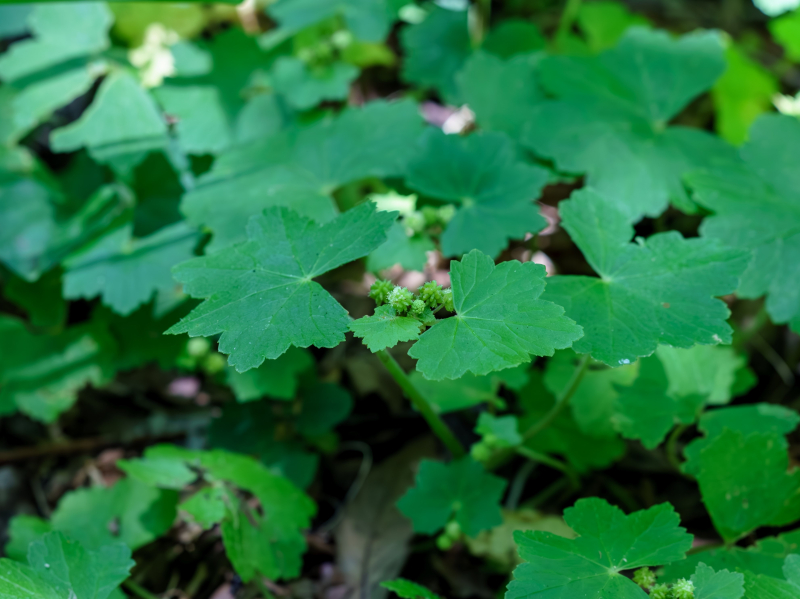
"Oochidome" plants are in bloom. They are perennial plants in the Araliaceae family that grow on slightly moist forest floors. A close relative species, called "Oochidome," has a similar name, which can be confusing. However, the leaves of "Oobachidome" grow more than twice as large as those of "Oochidome".
2025.07.25
イヌゴマ
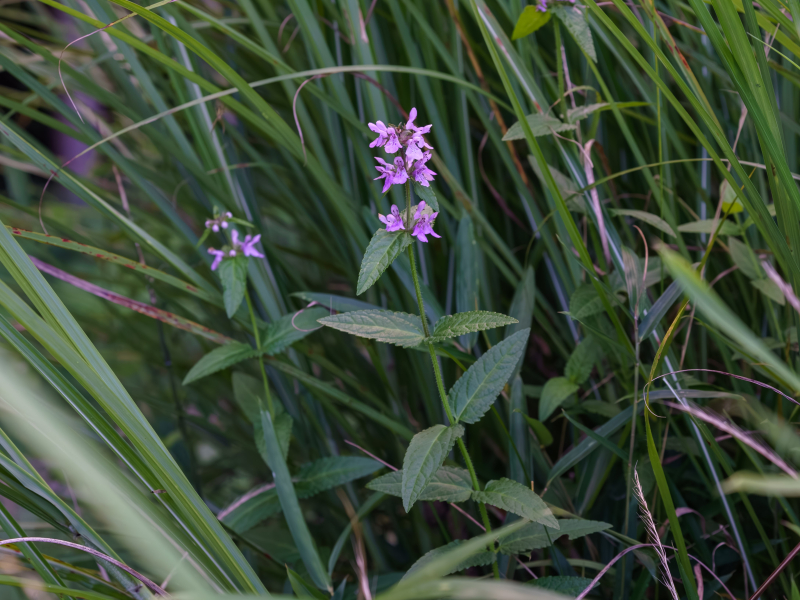
2025.07.22
ジュウモンジシダ
ジュウモンジシダが見られます。やや湿った林床などに生える夏緑性(暖地では常緑性)のシダ植物です。和名は、一番根元の羽片が大きくなり、全体が十文字形となることに由来します。
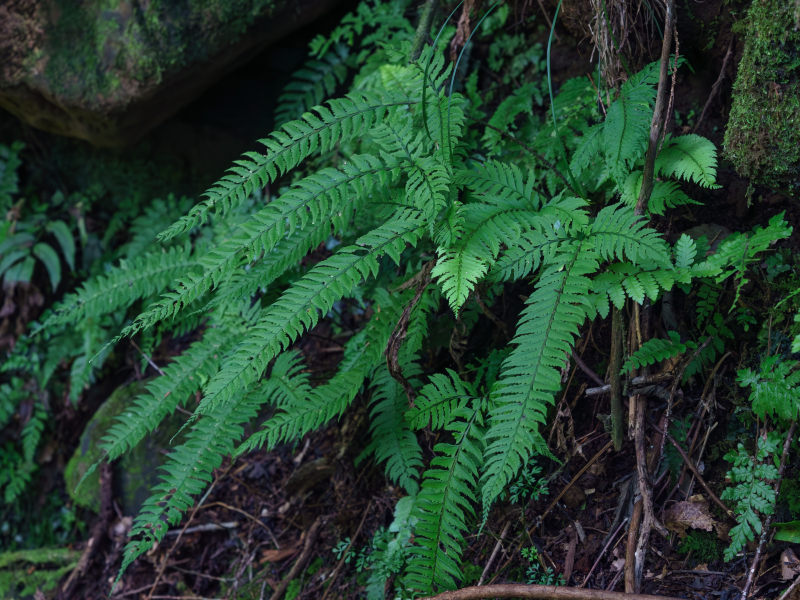
2025.07.18
ハグロソウ
ハグロソウが咲いています。林縁などに生えるキツネノマゴ科の多年草です。和名は葉黒草の意味で、葉が黒みを帯びた緑色であることに由来するといわれています。
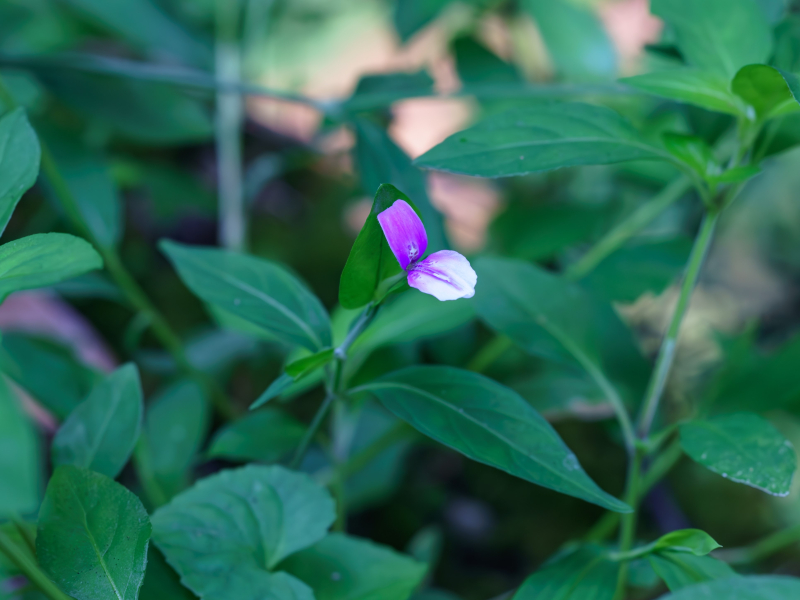
2025.07.15
クモラン
クモランが咲いています。ウメの古木などに着生するランの仲間です。葉は無く、放射状に広がる根に葉緑体を含み、光合成を行っています。和名はこの姿をクモに見立てたものです。
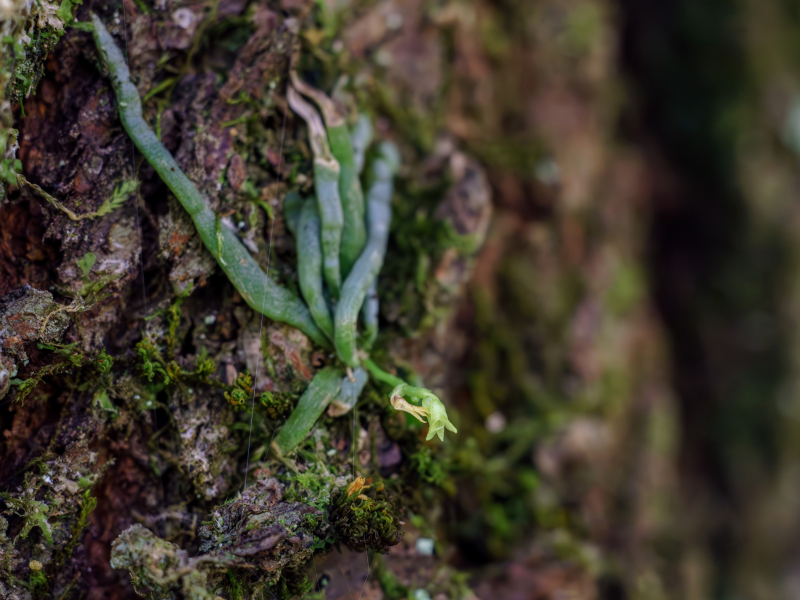
2025.07.11
トチバニンジン
トチバニンジンが咲いています。山地の林内に生えるウコギ科の多年草です。名前にニンジンとつきますが、野菜の人参(セリ科)の仲間ではなく、薬用植物として知られる朝鮮人参(高麗人参)の仲間です。
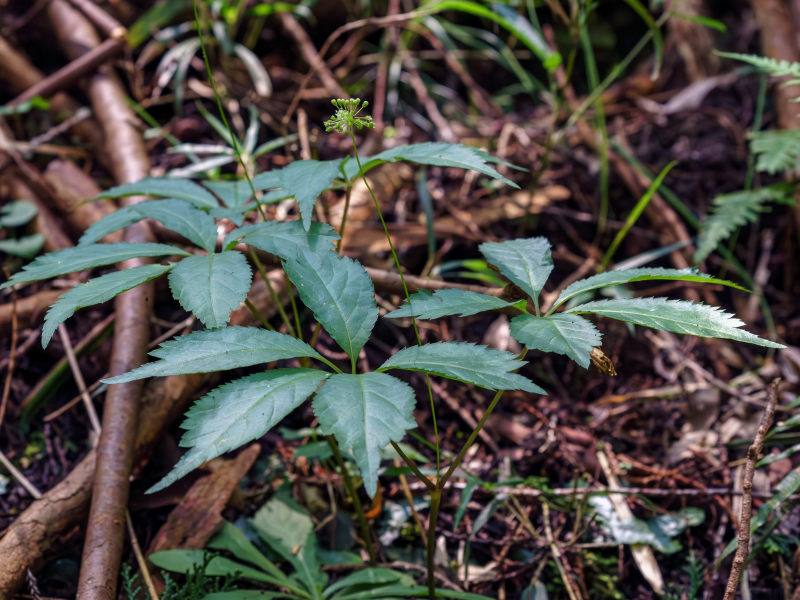
"Tochiba-Ninjin (トチバニンジン)" plants are in bloom. They are perennial plants in the Araliaceae family that typically grow in mountain forests. Despite the word "Ninjin" (carrot) in their name, they are not related to carrots, which are part of the Apiaceae family. Instead, they are closely related to ginseng.
2025.07.08
オオチドメ
オオチドメが咲いています。芝地などで普通に見られるウコギ科の多年草です。和名は、葉や茎を揉んで得られた汁を止血に用いたことに由来します。
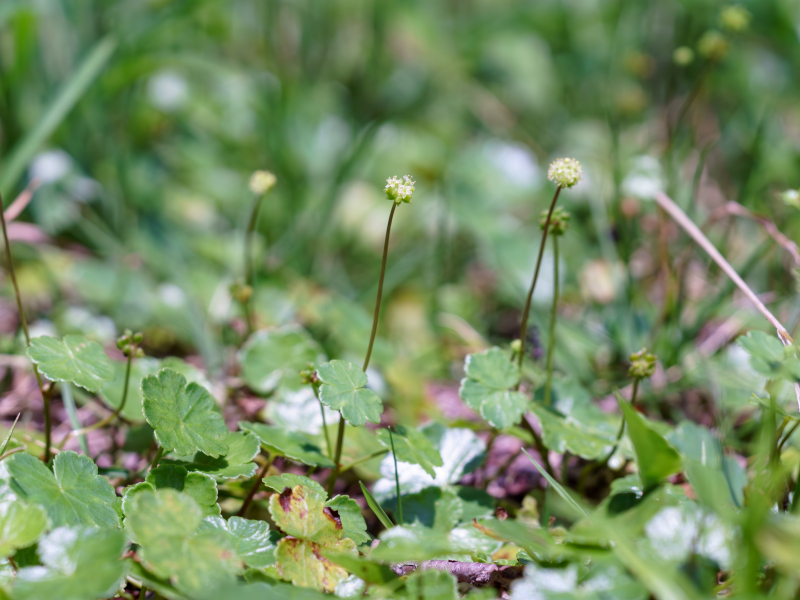
"Oochidome (オオチドメ)" plants are in bloom. They are perennial plants in the Araliaceae family that commonly grow in grassy areas. The name “Oochidome” comes from their traditional use- juice extracted from their leaves and stems was used to stop bleeding.

















